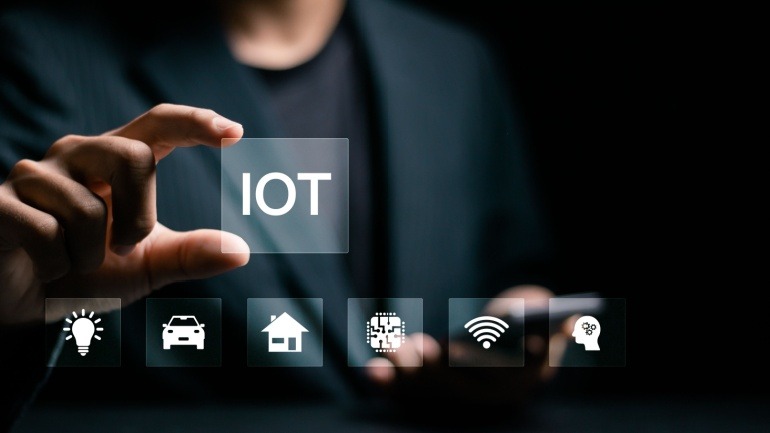IBM and Samsung are poised to secure a £900 million contract for the UK’s Emergency Services Network, an essential move to modernize communication systems for emergency services. This development challenges BT’s previous dominance in the sector.
The Czech Republic’s CRA partners with Sweden’s Netmore to enhance its LoRaWAN IoT services, focusing on utilities and real estate. Leveraging Netmore’s PaaS, CRA aims to scale its 80%-population-covered network.
Nextivity and LG Electronics’ partnership revolutionizes enterprise technology by integrating 5G and Distributed Antenna Systems (DAS). Their collaboration expands 5G IoT solutions in sectors like healthcare and education.
As telecommunications swiftly evolve, Vodafone and AST SpaceMobile’s partnership is pivotal. By offering space-based cellular broadband, their agreement redefines access beyond traditional networks.
Toll-free numbers have been a staple of business communications for decades. They allow customers to call an enterprise without incurring charges, and are a proven way to help drive growth, enhance service, expand customer knowledge, and project corporate reliability. These phone numbers have been widely adopted not only by large corporations but also by small businesses, non-profits, and government agencies, underscoring their versatility and importance across diverse sectors. Today, there are over 44 million toll-free numbers in use in the US. However, the future of toll-free phone numbers is a topic of much debate in the ever-evolving landscape of digital communications. Despite the rapid growth of internet-based communication methods such as email, social media platforms, and chatbots, toll-free numbers still hold a significant place in business communications. This article explores the uses, importance and enduring benefits of toll-free numbers, and why businesses will continue to rely on them in the…
Nokia and stc Group have successfully trialed a generative AI solution to enhance telecom services, improving efficiency, reducing costs, and speeding up service delivery. The “AI for Provisioning Services” project streamlines network management, benefiting businesses and communities.
AWS has enhanced Amazon S3 with managed Apache Iceberg tables and automatic metadata generation, offering faster query performance and streamlined tabular data management. This innovation supports real-time metadata querying, boosts analytics with tools like Athena, and simplifies handling large datasets.
Indosat Ooredoo Hutchison and Nokia’s partnership is set to transform Indonesia’s connectivity landscape by expanding 4G and 5G networks. This collaboration leverages Nokia’s cutting-edge radio technology to boost network coverage and quality.
Cirata’s Data Migrator 3.0 revolutionizes data management, providing enhanced interoperability, automation, and security. With improvements like Apache Iceberg and Databricks Delta Lake support, it simplifies data transformation across platforms.
EE’s innovative deployment of a mobile tower on the Isle of Skye enhances 4G connectivity in rural areas. Providing reliable coverage, the tower supports local businesses while reducing visual disruption.













